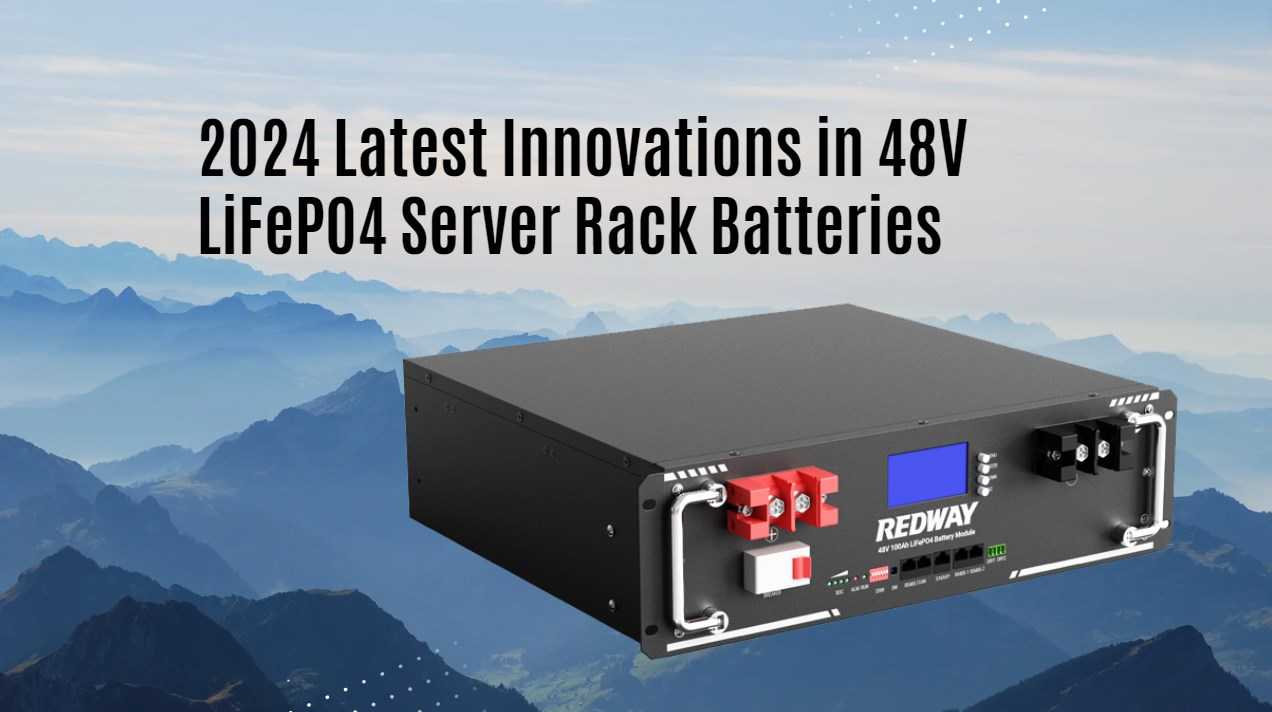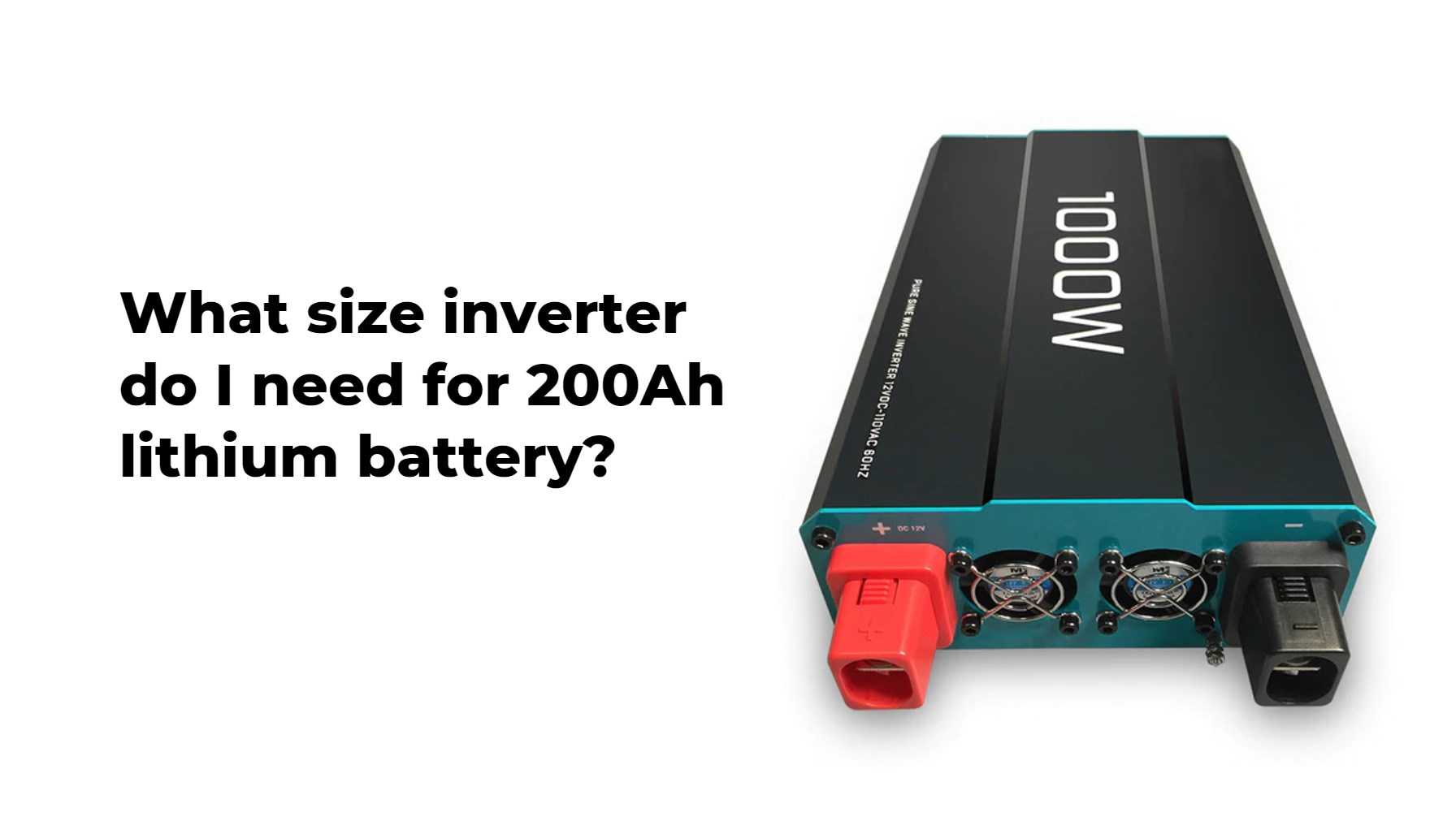2024 Latest Innovations in 48V LiFePO4 Server Rack Batteries
As the demand for efficient energy storage solutions continues to rise, 48V LiFePO4 server rack batteries are at the forefront of innovation in 2024. These batteries are essential for various applications, including data centers, telecommunications, and renewable energy systems. This article explores the latest advancements in 48V LiFePO4 technology, highlighting improvements in energy density, safety, and cost-effectiveness.
Key Innovations in 48V LiFePO4 Batteries
- Increased Energy Density
- One of the most significant advancements in 2024 is the enhancement of energy density in 48V LiFePO4 batteries. New materials and optimized cell designs are enabling these batteries to store more energy without increasing size. This innovation is crucial for applications requiring compact and efficient power sources.
- Improved Cycle Life
- Innovations in electrolyte formulations and additives are extending the cycle life of 48V LiFePO4 batteries. Enhanced battery management systems (BMS) are also playing a critical role by optimizing charging and discharging processes, ensuring that batteries can endure more cycles while maintaining performance.
- Enhanced Safety Features
- Safety remains a top priority for battery manufacturers. In 2024, we can expect advancements that further improve thermal stability and fire resistance in LiFePO4 batteries. These enhancements reduce the risk of thermal runaway, making them safer for use in sensitive environments like server racks.
- Cost Reduction
- The cost of manufacturing LiFePO4 batteries has been decreasing due to economies of scale and improved production techniques. This trend is expected to continue in 2024, making 48V LiFePO4 batteries more accessible for businesses looking to upgrade their energy storage solutions.
- Fast-Charging Capabilities
- New charging technologies are enabling faster charging times without compromising battery life or safety. This is particularly beneficial for applications where downtime needs to be minimized, such as in server environments.
- Modular Design for Scalability
- The modular design of 48V LiFePO4 batteries allows for easy scalability. Businesses can add more battery units as their energy needs grow, providing flexibility and efficiency in energy management.
Applications of 48V LiFePO4 Batteries
The innovations in 48V LiFePO4 batteries make them suitable for a wide range of applications:
- Data Centers: Reliable power supply is crucial for data centers, where downtime can lead to significant losses. The enhanced performance and safety features of these batteries make them ideal for backup power solutions.
- Telecommunications: With the increasing demand for uninterrupted communication services, 48V LiFePO4 batteries provide a dependable power source for telecom infrastructure.
- Renewable Energy Systems: These batteries play a vital role in storing energy generated from solar panels and wind turbines, ensuring a steady supply of clean energy.
Latest News
Recent developments related to 48V LiFePO4 battery technology include:
- Research Progress: Ongoing research is focusing on improving battery consistency and safety while enhancing performance metrics.
- Market Growth: The global market for 48V LiFePO4 batteries is projected to expand significantly as industries increasingly prioritize sustainable energy solutions.
- Integration with Smart Technologies: The incorporation of IoT connectivity allows real-time monitoring and predictive maintenance, enhancing user experience and management efficiency.
Redway Expert Comment
In our extensive experience at Redway Battery, we see the advancements in 48V LiFePO4 server rack batteries as pivotal for the future of energy storage solutions. With increased energy density, improved safety features, and cost reductions, these innovations will undoubtedly enhance operational efficiency across various sectors.” In conclusion, the innovations in 48V LiFePO4 server rack batteries in 2024 reflect a significant shift towards more efficient, safer, and cost-effective energy storage solutions. As technology continues to evolve, these batteries will play an increasingly critical role in powering essential infrastructure across multiple industries.



